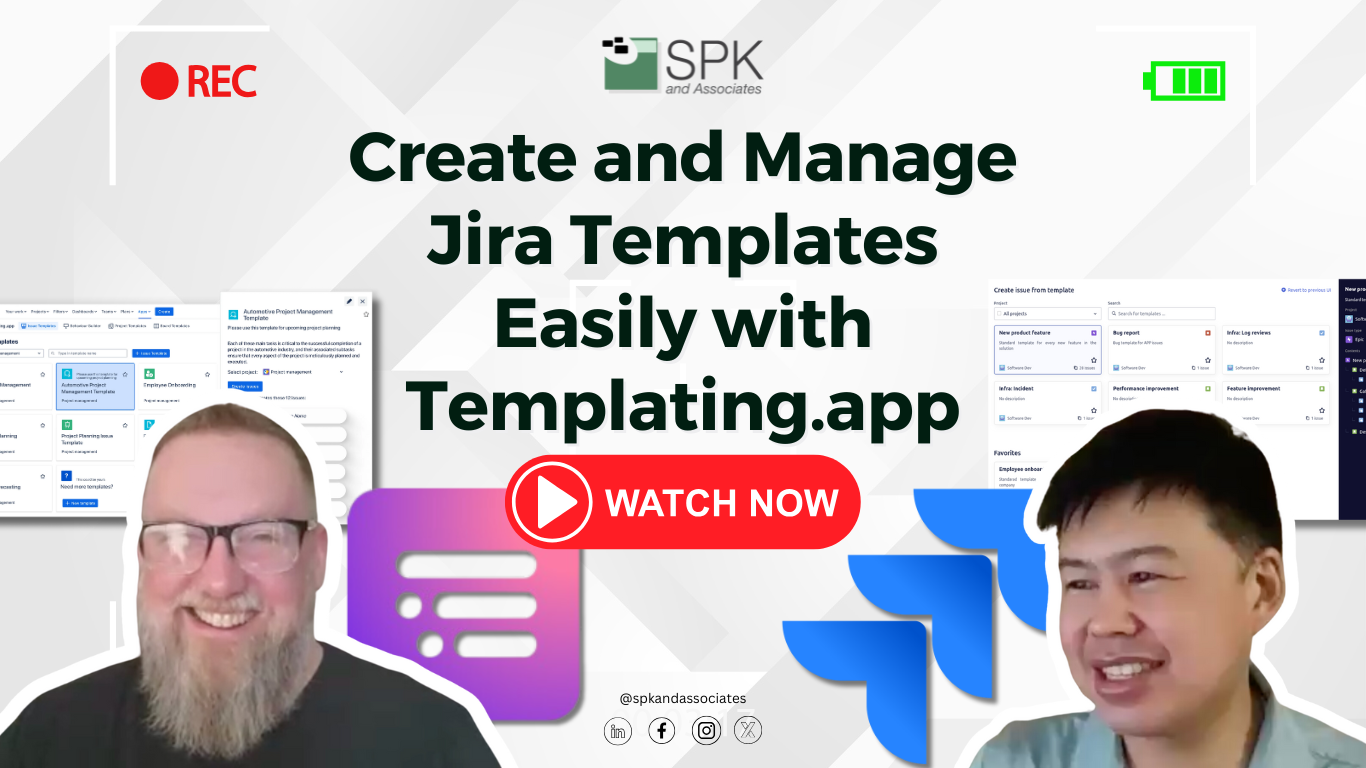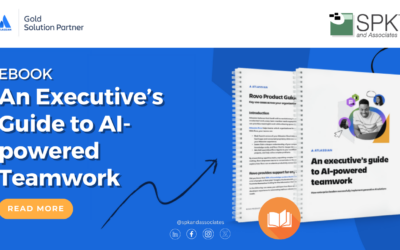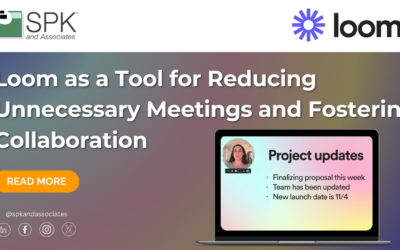Introduction
Hi, I’m Michael Roberts, Vice President of Sales and Marketing here at SPK and Associates, and welcome to today’s video: Create and Manage Jira Templates Easily with Templating.app.
If you’re a Jira user looking for ways to save time, streamline workflows, and ensure consistency across your projects, you’re in for a treat today. We’ve got Edwin Chung here, who’s going to talk to us about Templating.app, a product developed by Cert Group, an Atlassian Marketplace partner. This app makes it really easy to create and manage templates in Jira, helping you and your team work smarter, not harder.
Michael Roberts:
I’m joined by Ed Chung. So, Ed, feel free to introduce yourself.
Ed Chung:
Hi, my name is—thank you, Michael—my name is Ed Chung. I’m the VP of Professional Services here at SPK, and I love to work more efficiently and consistently, as Michael already said.
We’ve been using this application for years. We deploy it at our customer sites, and we recommend it to others.
Overview of Templating.app
Michael Roberts:
So, Ed, give us a quick overview of what this tool does and maybe some of the benefits around it.
Ed Chung:
Yeah, so the Templating.app is not a project Jira security configuration template. It is really a create-bulk-Jira-tickets application, right? So, I think the reason why is because usually, if—Jira templates mean something else. This is really an issue template; in fact, that’s what they call it: issue templates or project templates.
Key Features and Benefits
Michael Roberts:
So, Ed, with your experience so far, what do you like most about the tool?
Ed Chung:
Let me tell you about how we use the issue templates from Templating.app. The way it works is that after configuration, we go in, we click on “Create New.” Let me lead by example: create a new employee onboarding event.
The application pops up with a little form for us—what’s their name, what’s their hire date—and then it creates a series of tickets, subtickets, and checklists inside of Jira.
For us, it creates about 50 different tickets, so that immediately those get issued out. It automatically:
- Sets due dates for each one
- Titles each one
- Adds a summary in Jira—or, I’m sorry, the description in Jira—which talks about what the task item is
- Assigns it to a person or a group
- Calculates due dates (e.g., “due date plus 10”)
So, every single time we do new-hire onboarding—which is really important to get right and to improve—it’s consistent.
It’s also very fast because everything gets issued immediately. People can work in parallel, not having to wait for each other. Essentially, it’s a checklist.
Most importantly, after the onboarding of this person, we can go back into the Templating.app. If there’s an adjustment or improvement to be made, it’s very, very easy to update the template so that the next onboarding event is improved.
Continuous Improvement
Michael Roberts:
Continuous improvement is a good thing.
Ed Chung:
Yeah, continuous improvement, not continuous do-over—that’s not a word.
Scalability and Systemization
Michael Roberts:
In terms of the way that we’ve benefited—and obviously, you’re speaking about onboarding—it can be used in a bunch of different ways. Really, what I’m hearing from you is the scalability and the ability to improve a system, which declutters the need for tribal knowledge and creates more of a system that anybody can plug into.
I would assume that’s one of the things you’ve seen, right?
Ed Chung:
Absolutely, right. And I don’t think it’s tribal knowledge so much as a lot of times people are taking a process written in, I’ll just say, Word—a process written somewhere else—and then executing that process in Jira.
But now, no, you shouldn’t do that. You should go in here, and every single time you click on it, it kicks off a checklist of items—10 items that can be sequential or parallel.
Creating those new tickets takes us 15 to 30 seconds, and then everything happens.
Closing Remarks
Michael Roberts:
Great. Awesome. Thanks, Ed. I think you’ve given folks a reason to at least install the trial and take a look at it.
Thank you for your time and your experience with this tool and for talking about how powerful it can be.
If you found this video helpful and valuable, I hope you give it a thumbs up and a like. Hopefully, this information has been valuable to what you’re doing in Jira today.
If you’re ready to streamline your Jira workflows with Templating.app, as I mentioned, you can install the trial. Or, if you need any help or expert guidance from folks like Ed and the rest of our team on your Atlassian tools, we’re definitely here to help.
SPK is an Atlassian Gold Solution Partner, and we’re dedicated to helping you maximize your Atlassian investment and get your product to market.
Don’t forget to like this video, subscribe to our channel, and share it with your team. Thanks for joining, and we’ll see you in the next video.






